
Banzai Announces Launch of Certified Partner Program for B2B Agencies
SEATTLE--(BUSINESS WIRE)--Aug 15, 2023--
2023-08-15 20:53
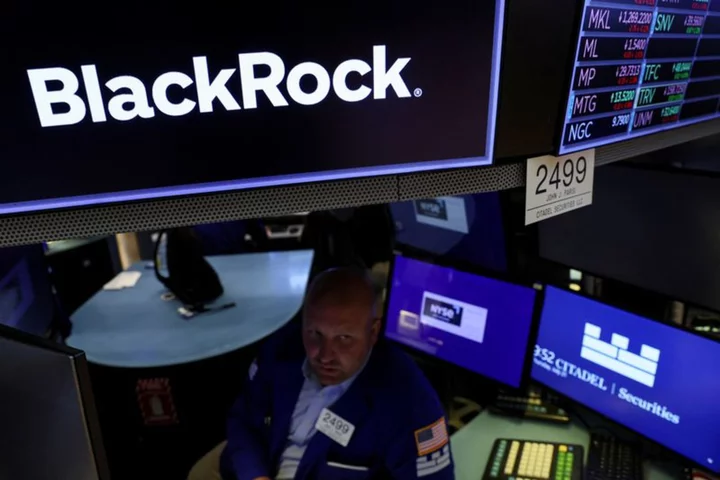
BlackRock files for bitcoin ETF in push into crypto
(Reuters) -BlackRock, the world's biggest asset manager, on Thursday filed for a bitcoin exchange-traded fund (ETF) that would allow investors
2023-06-16 11:21

Less lost in translation: Foreigners get high-tech help in Tokyo's baffling Shinjuku rail hub
By Tom Bateman and Rocky Swift TOKYO As Japan enjoys a post-pandemic resurgence in tourism from around the
2023-07-31 16:22
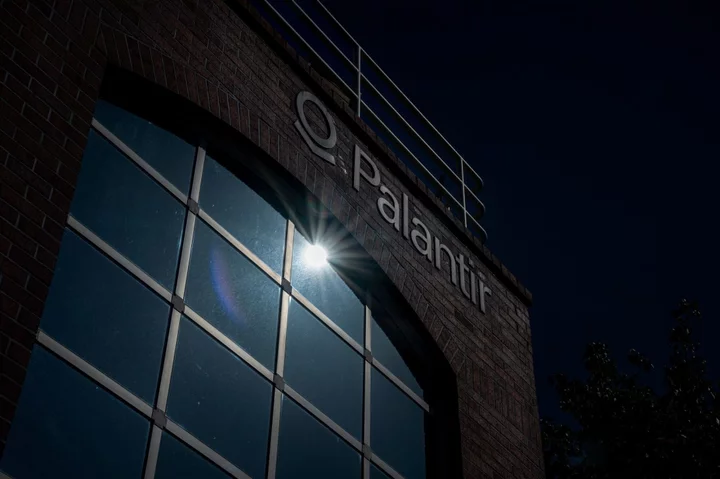
Palantir CEO Touts Power of AI at Customer Conference
Palantir Technologies Inc. Chief Executive Officer Alex Karp said new AI developments at his company are so powerful
2023-06-02 01:25

Sanborn hires Chris Ogier to lead its Mapping Division
COLORADO SPRINGS, Colo.--(BUSINESS WIRE)--Aug 14, 2023--
2023-08-14 16:56

Amazon Cloud Unit Enters Health Care AI Market, Adds Chatbot Tools
Amazon.com Inc.’s cloud unit, determined to take on Microsoft and Google in the burgeoning market for generative artificial
2023-07-27 00:54

AT&T Launches 5G Wireless Home Internet, Catching Up to Rivals
AT&T Inc. is launching a new wireless home internet service, catching up to its rivals in one of
2023-08-23 02:21

Where to Download Only Up!
Here's where to download SCKR Games' newest title.
2023-06-27 05:52
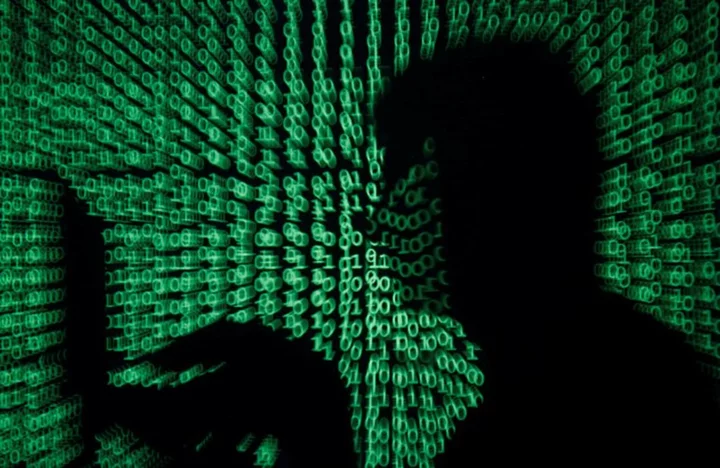
Chinese hack of US officials due to compromise of Microsoft engineer's account, Microsoft says
WASHINGTON Microsoft says the Chinese hack of U.S. government officials stemmed from compromise of a Microsoft engineer's corporate
2023-09-07 03:25
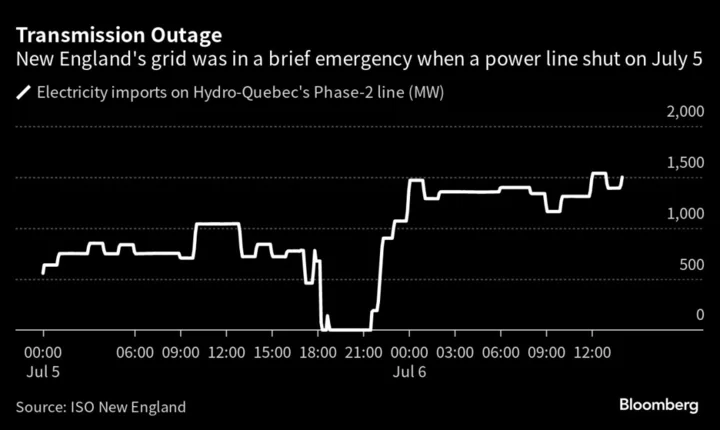
Wildfire Smoke Triggered New England Grid Emergency
Smoke from Canada’s wildfires was to blame for a power-equipment shutdown that briefly led to a grid emergency
2023-07-07 05:54

The best streaming sites for movies in 2023
This content originally appeared on Mashable for a US audience and has been adapted for
2023-06-05 17:52

How to unblock Netflix Canada for free
SAVE 49%: ExpressVPN is the best service for accessing extra content on Netflix. A one-year
2023-09-08 12:30
You Might Like...
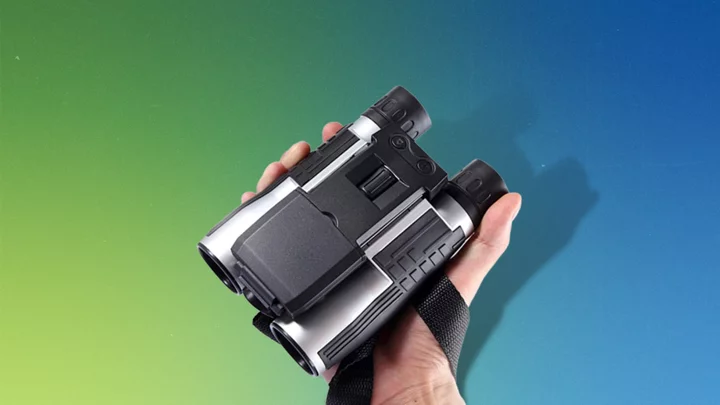
Order these HD camera binoculars by June 5 and get them in time for Father's Day
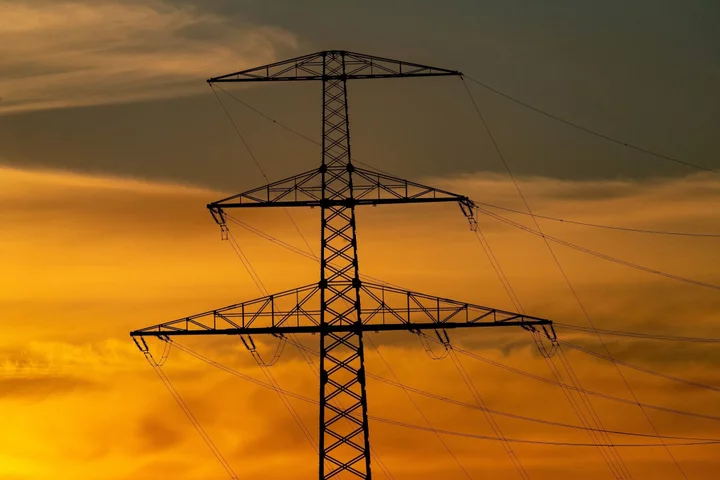
Vietnam Starts Planned Blackouts as Heat Stretches Grid
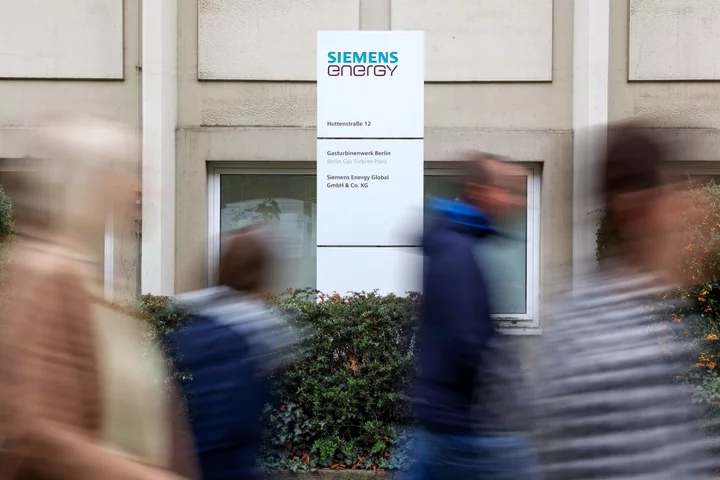
Siemens Energy Secures Provisional Guarantees Deal, Reuters Says
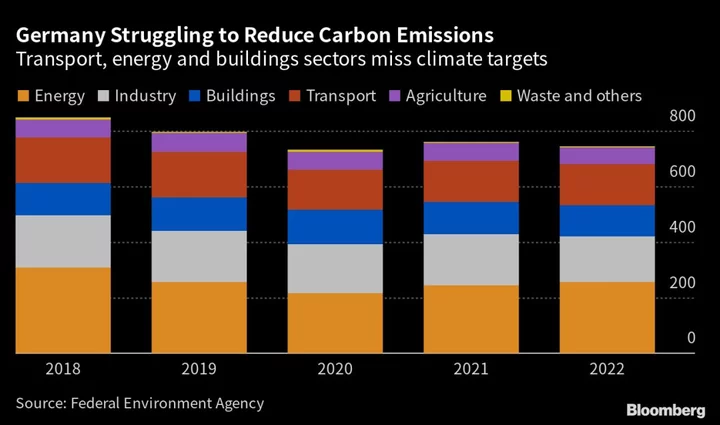
Germany Lines Up €50 Billion to Help Heavy Industry Go Green

The best VPN deals for May 2023: Save on ExpressVPN, NordVPN, ProtonVPN, and more

ALGS Split 2 Playoffs 2023 Twitch Drops: How to Get

FPT Software Earns Double Wins at IT World Awards
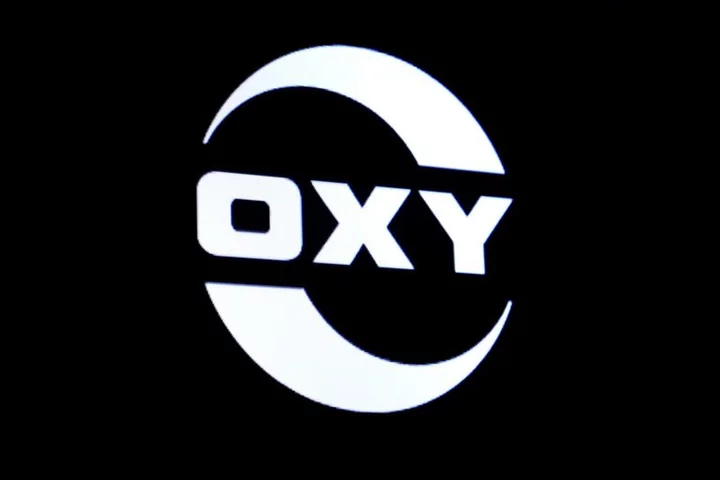
Occidental buys carbon air capture tech firm for $1.1 billion
